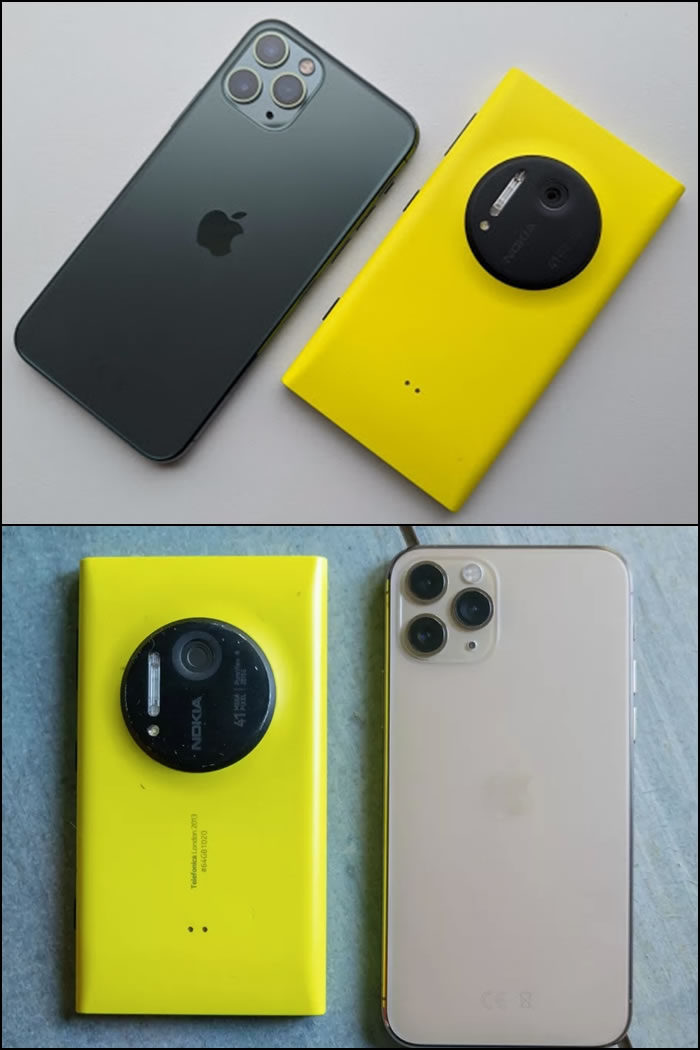In any case, how far has this technology truly come as of late? To discover, I put the iPhone facing the Nokia Lumia 1020. Discharged right in 2013, the Lumia 1020 was in its day an ultimate example of mobile ability. Its 41-megapixel most extreme resolution was a first and its abundance of features implied it was appropriate to photographers who would not like to carry around a smart camera throughout the day.
In 1020, Nokia pushes the cell phone camera envelope with a mix of raw picture catching ability and close-cropping capacity that makes it one of the most masterfully or artistically capable cell phone cameras we’ve tried.” Jessica Dolcour review of the phone.
This piece is not designed to frame any sort of purchasing exhortation however, no one ought to be attempting to work out whether to purchase another iPhone or 7-year-old cell phone running an old operating system. If, you should read why using an obsolete smartphone can be a serious security hazard. Nevertheless, I thought it is fascinating to see how two top- tier shooters of their times think about and see exactly how far smartphone cameras have come.
All pictures were taken in the standard norm, automatic camera modes. They’re all in JPEG file format, except if in any case noted. By default, the Nokia Lumia makes 5-megapixel JPEG shot, which is the thing that we’ll see all through this piece, except noted.
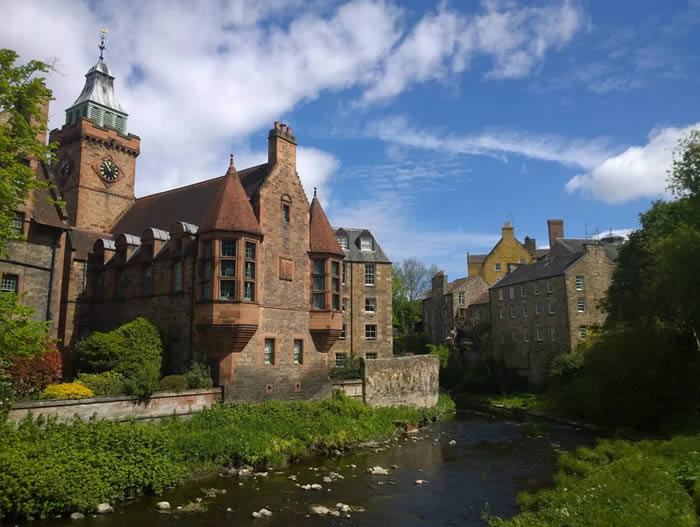
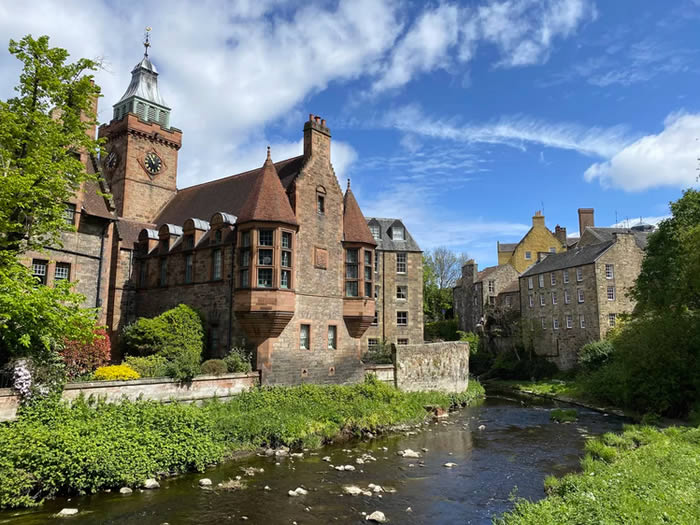
First up, this daylight view in Edinburgh’s Dean Village. As of now, I’m impressed with the Lumia 1020: It’s accomplished an incredible overall exposure, with controlled features in the sky and a lot of shadow detail. I knew this kind of scene would not be a test for the iPhone, with its automatic programmed HDR mode, however, I didn’t assume that the Lumia should get so close. Of course, the iPhone’s shot has more shadow detail and more punchy, bright and crystal-clear colours, yet I like the more normal look that the Lumia has attained here.
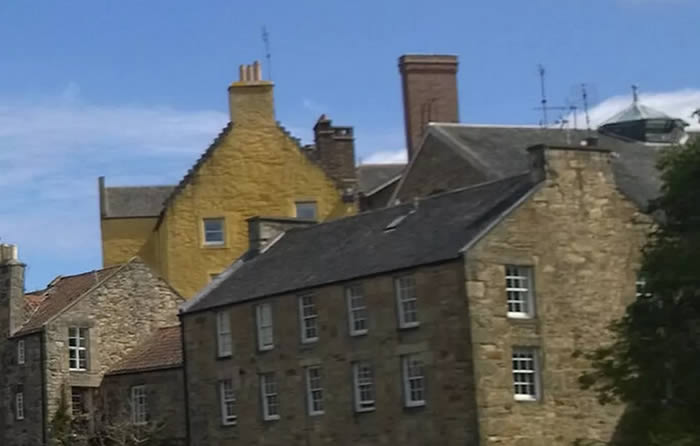
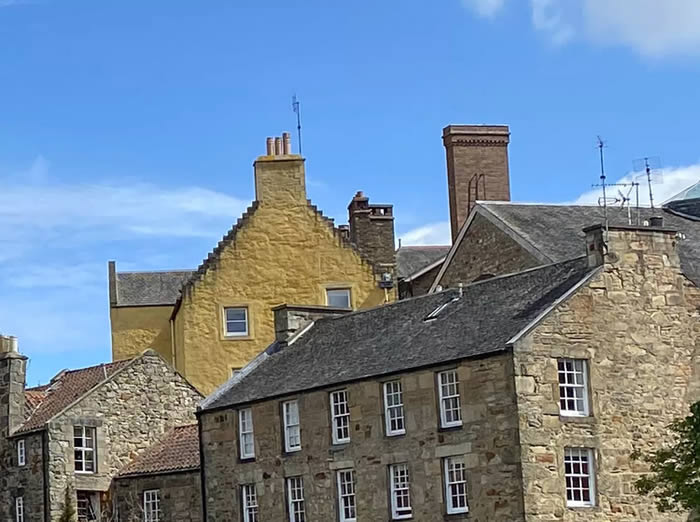
Cropping into that picture to 200% reveals some progressively more prominent contrasts, however. The Lumia’s shot lacks detail, with some of the fine brickwork looking soft. The Lumia’s JPEG is just 5 megapixels, so I opened the raw DNG file document in Photoshop and included some brightness and sharpening, which the iPhone consequently applies.
Cropping in on a similar area, plainly it hasn’t had made a considerable difference.


Once more, I’m astonished by how well the Lumia 1020 has caught this scene on Edinburgh’s North coast. The general introduction is right on target, with well-preserved features and shadows. The white balance is average as well, and there’s a good amount of detail when zoomed in. Certainly, the iPhone’s shot is a touch more brilliant, with more shadow detail, yet it’s a close rivalry.
Working from the Lumia’s DNG raw record, I made just a couple of changes in Lightroom to lift the shadows and adjust the shading contrast balance to make this last picture. I don’t figure anyone would have the option to figure that this shot was taken on a phone made in 2013.


I found these shells on the sea shore further up the coast. The iPhone’s shot is crisper, yet in any case there’s little contrast between the shots.
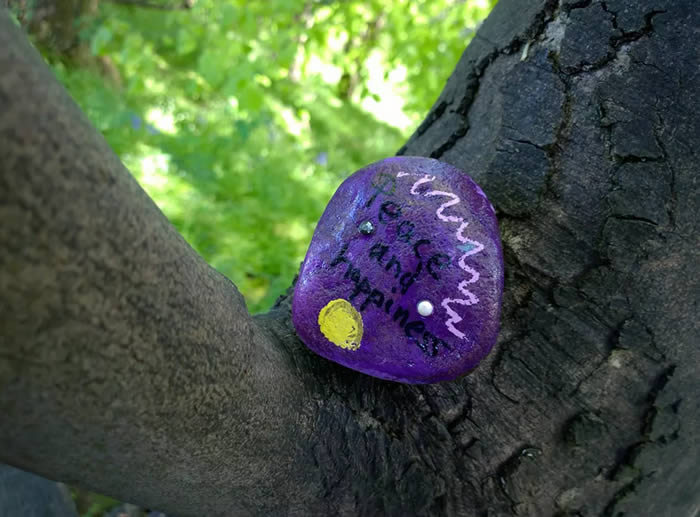
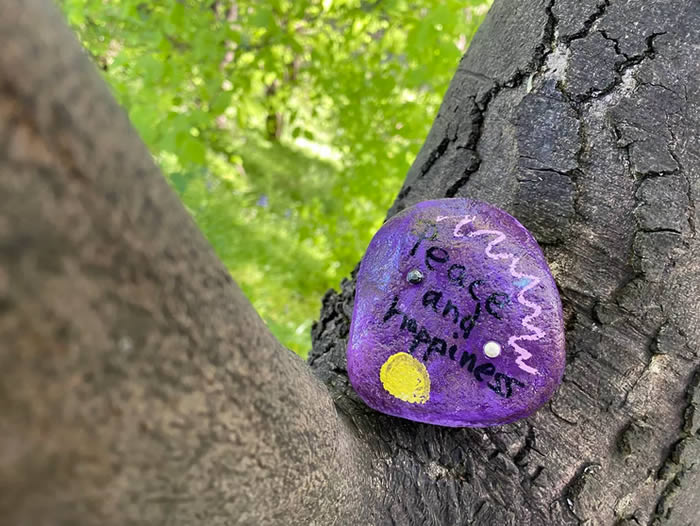
The iPhone 11 Pro begins to pull away in low light. The iPhone’s form of this riverside scene is more splendid, with essentially more detail on the trees and leaves.


The story is a lot of the equivalent here. The Lumia 1020’s shot is darker with a great deal of the fine detail totally lost.
Cropping in close, there’s a huge difference in sharp brightness and detail.
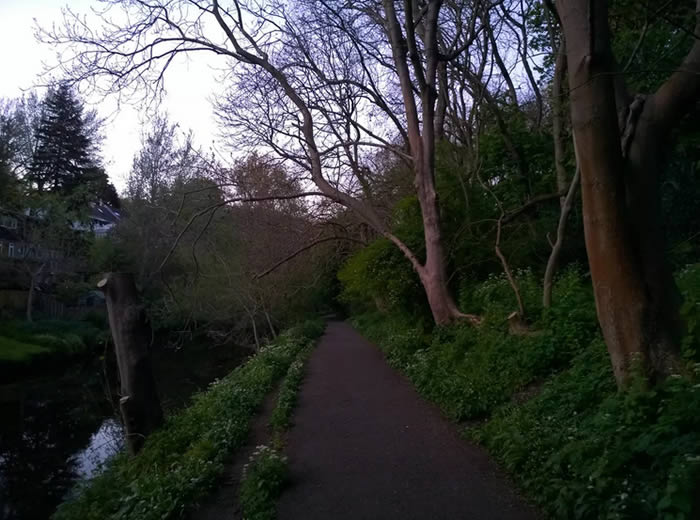
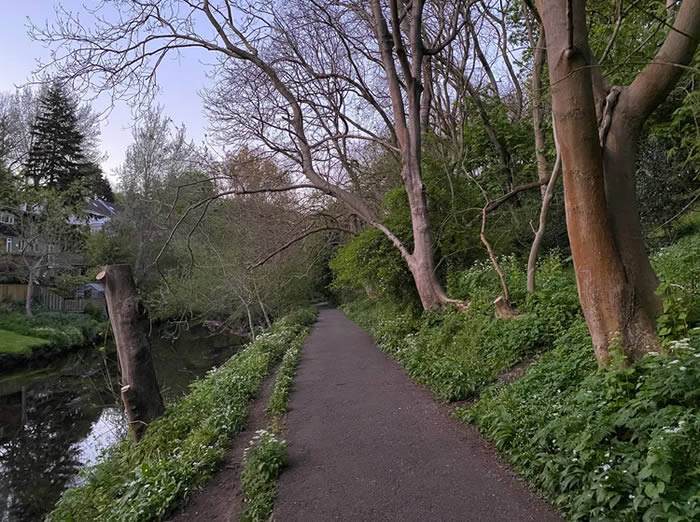
Back indoors, I needed to take a snap of my superb ginger boy Toulouse, who was glad to posture for the camera.
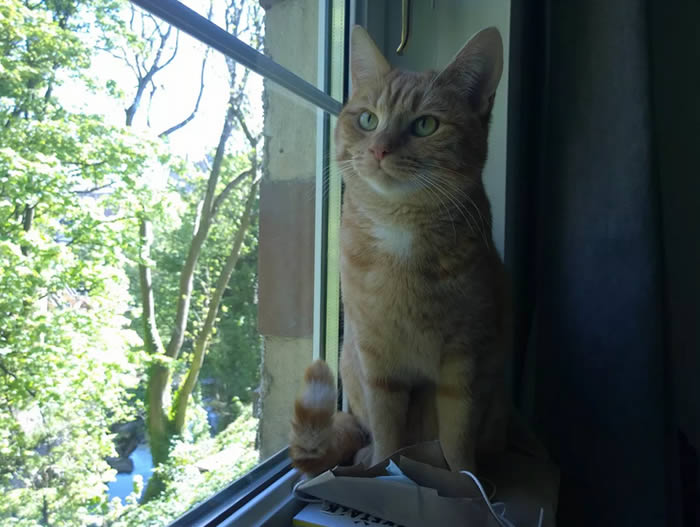
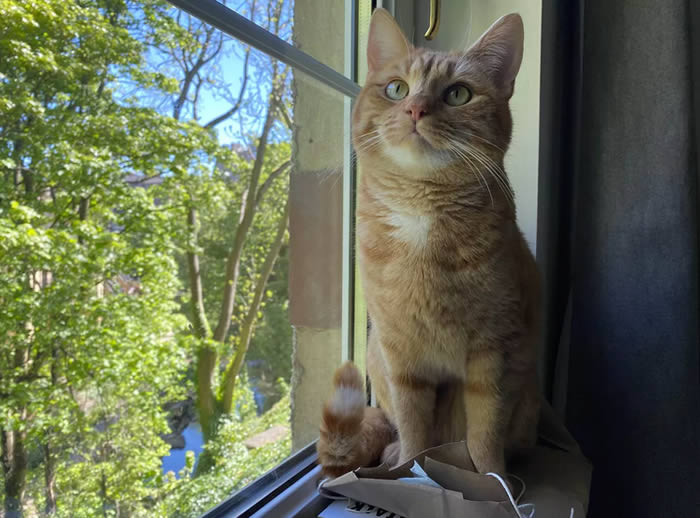
Once more, the Lumia 1020 has resisted to accomplish an even exposure, losing detail of interest in the features outside and a great deal of deal shadows inside. The color shading balance is off as well, giving a green hint to excellent Toulouse. The iPhone’s shot is more vibrant, with precise colors.
What have we learned?
It’s nothing unexpected that the iPhone 11 Pro takes the better pictures However, I am overwhelmed at exactly how close the Lumia 1020 came in a some of the shots.
It takes its best pictures, similar to all cameras, in good light. Also, in a different scene of beach, the Lumia offers good rivalry to huge numbers of the present smart phones. It handles exposure well and keeping in mind that it doesn’t have a HDR mode, it’s conceivable to pull back some feature and shadow detail by editing the raw DNG document.
The Lumia’s low-light abilities don’t think about as well, but. Once more, that is nothing unexpected, especially as night time shooting has been a focus of a large portion of the present flagship smartphones for quite a while. The iPhone 11 Pro, OnePlus 8, Pixel 4 and Samsung Galaxy S20 all have committed night modes that can take fantastic pictures in low light.
It’s clear to see then where the imaging developments have been made lately. That said, if there will be any sort of take-away from this activity, it’s that you don’t have to need without a doubt the most recent, best hardware to take great pictures. And keeping in mind that that doesn’t mean proceeding to purchase a 7-year-old smartphone, it could make you to consider whether you need to upgrade from your 2017 iPhone X for the better camera, or whether you could at present crush some life out of it yet.


